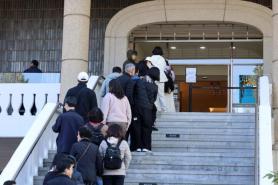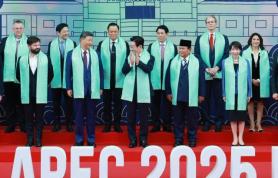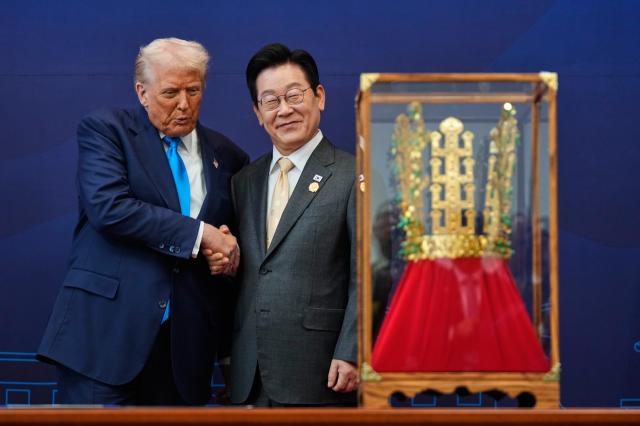
SEOUL, November 03 (AJP) -South Korea emerged from the Asia-Pacific Economic Cooperation summit with more than ceremonial optics, securing substantive outcomes from both Washington and Beijing while helping revive multilateral cooperation on shared challenges ranging from artificial intelligence to demographic headwinds.
The two-day summit of 21 economies adopted the Gyeongju Declaration, reaffirming APEC’s pillars of trade and investment liberalization, business facilitation, and economic and technical cooperation. The statement also reflected Seoul’s priorities as host, highlighting artificial intelligence, demographic transition, and cultural industries as areas for expanded regional collaboration.
President Lee Jae Myung, in his first major test as host of a multinational gathering, moved swiftly to lock in key gains from the United States. During U.S. President Donald Trump’s brief stop in Gyeongju ahead of the formal APEC agenda, the two leaders reached a long-sought settlement on a $350 billion investment and trade package that will lower U.S. tariffs on Korean automobiles from 25 percent to 15 percent. The framework consists of $200 billion in cash investments and $150 billion in shipbuilding projects linked to the Make America Shipbuilding Great Again initiative.
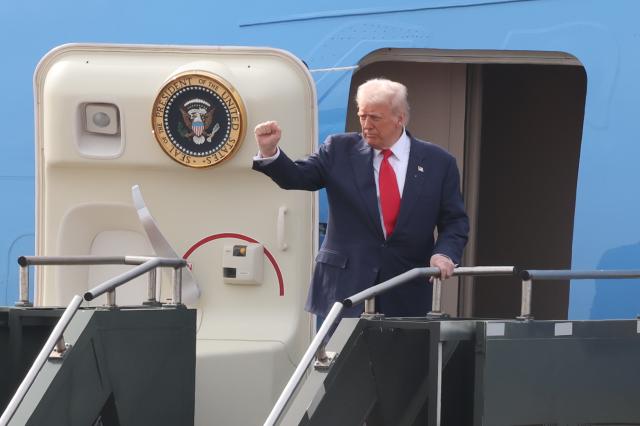
Unlike Japan’s agreement signed a day earlier in Tokyo, which front-loads government-led financing, Seoul’s package spreads out spending over several years with a cap of $20 billion annually to prevent currency-market volatility. According to a presidential aide, the structure ensures “commercial rationality” through an equal sharing of returns until the principal is fully recovered, with adjustments possible if the investment is not recouped within 20 years.
In one of the most unexpected gestures of the week, Trump endorsed Seoul’s ambition to develop a nuclear-powered submarine, calling it a symbol of “stronger-than-ever” ties. The vessel is slated to be built at Philly Shipyard, acquired last year by South Korea’s Hanwha Group. The U.S. has previously shared nuclear submarine technology only with Britain and Australia, making the concession particularly significant.
The concessions came with their share of political theatre. Trump received a replica of an ancient Silla gold crown and the Grand Order of Mugunghwa, South Korea’s highest honor—gestures some U.S. media mocked as ill-timed amid domestic criticism of “king-like” symbolism surrounding Trump. Still, the pageantry helped secure tangible gains for Seoul and a comparatively more flexible deal than Japan’s $550 billion agreement.
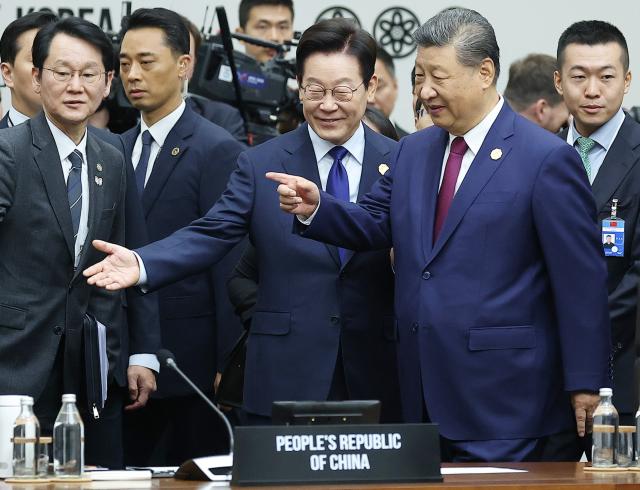
With Trump’s departure, Seoul shifted quickly to its other high-stakes guest: Chinese President Xi Jinping, making his first visit to South Korea in 11 years. President Lee pressed Xi to play a more active role in urging North Korea back to dialogue, arguing that stability on the peninsula is foundational for regional prosperity. Xi said China would continue efforts to “promote peace and stability,” though Pyongyang dismissed Seoul’s appeal as a “daydream,” according to Vice Foreign Minister Pak Myong Ho.
The two countries signed agreements to expand their free trade pact, cooperate on combating online scams, and renew a 70-trillion-won ($49 billion) currency swap that had recently lapsed. Xi also reiterated China’s call for “genuine multilateralism” and proposed establishing a World Artificial Intelligence Cooperation Organization to coordinate global AI governance.
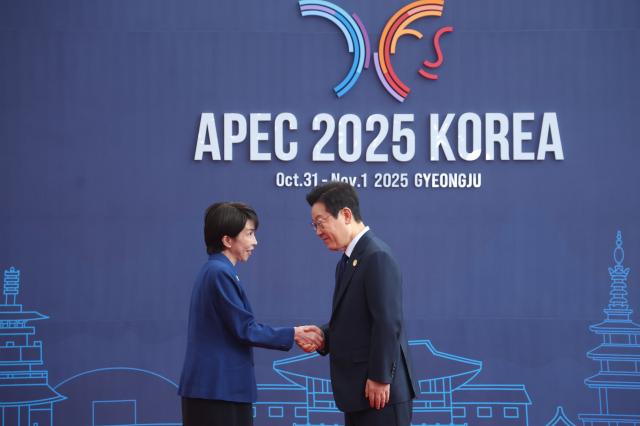
On the sidelines, Lee held his first meeting with Japan’s new Prime Minister Takaichi Sanae. The leaders agreed to strengthen cooperation in trade, supply-chain resilience, and emerging technologies, while expanding dialogue on artificial intelligence and demographic challenges—core themes of this year’s APEC agenda. Both reaffirmed the importance of trilateral coordination with the United States in maintaining regional stability, even as Seoul and Tokyo pursue separate investment frameworks with Washington.
The Gyeongju Declaration reaffirmed member economies’ commitment to the Putrajaya Vision 2040, a roadmap for open, predictable, and rules-based trade. While acknowledging “significant challenges” to the global system, the statement omitted the phrase “free and open trade” at Washington’s request. Leaders agreed to deepen cooperation on demographic risks and responsible AI development, noting the technology’s potential as both a growth engine and a source of social disruption.
Copyright ⓒ Aju Press All rights reserved.



